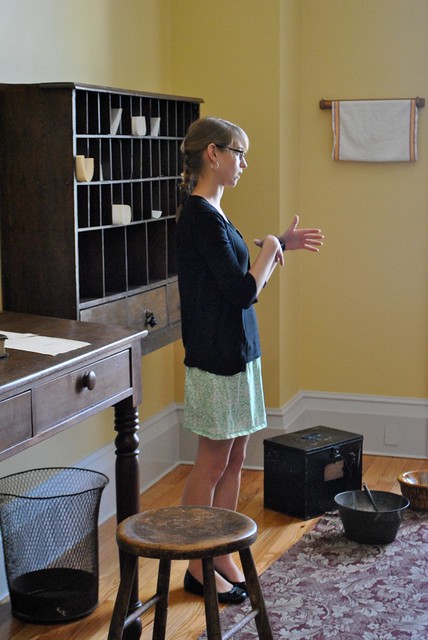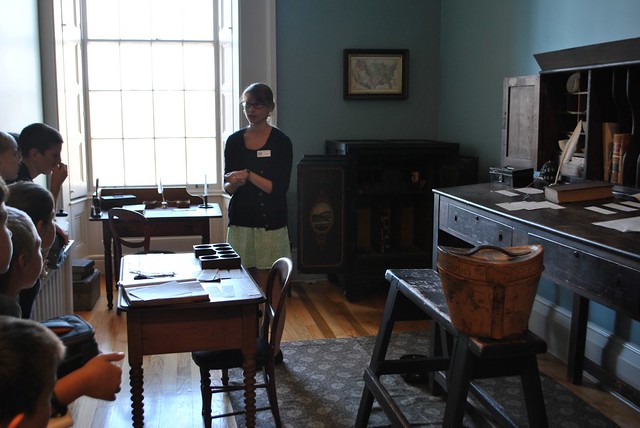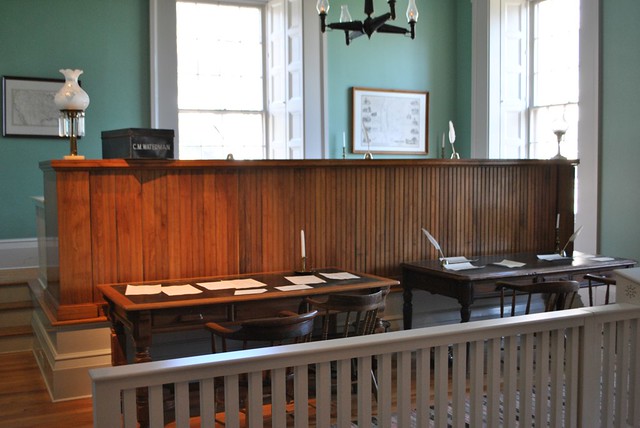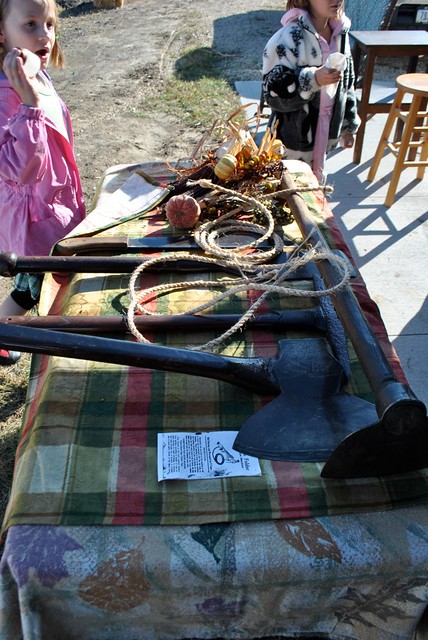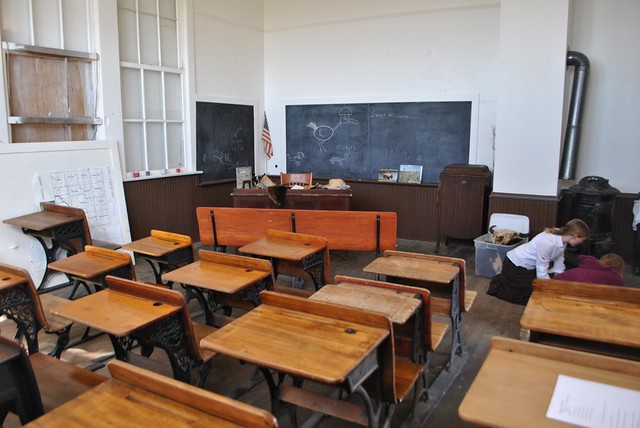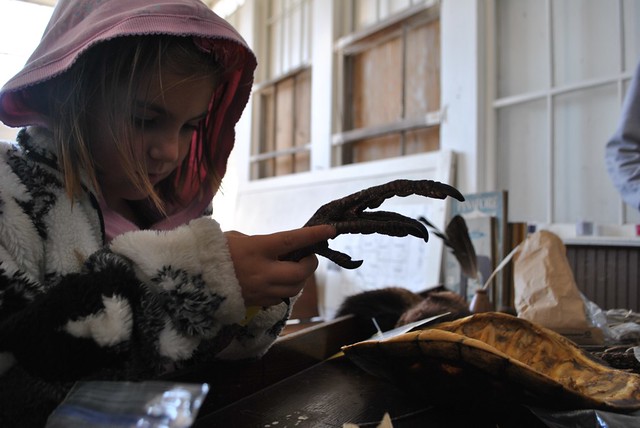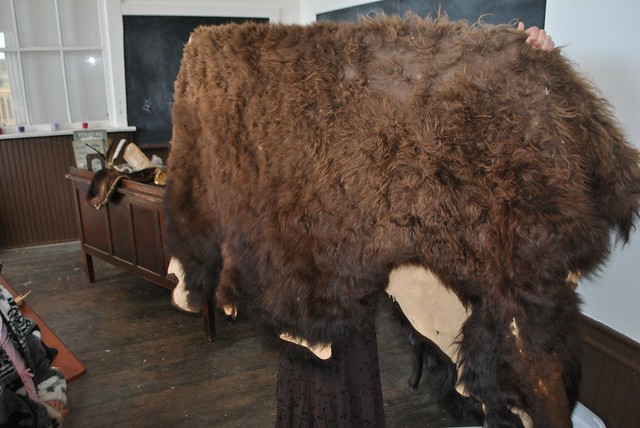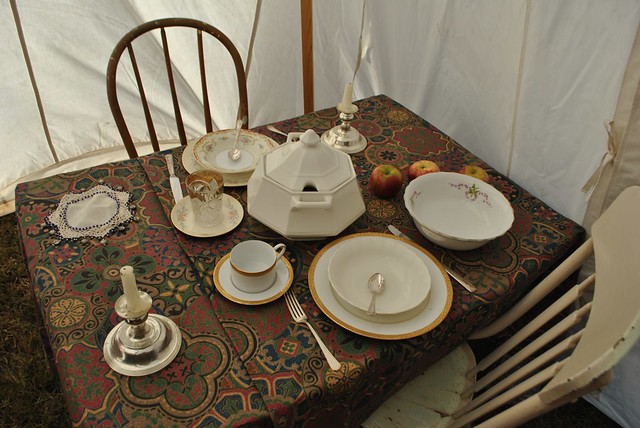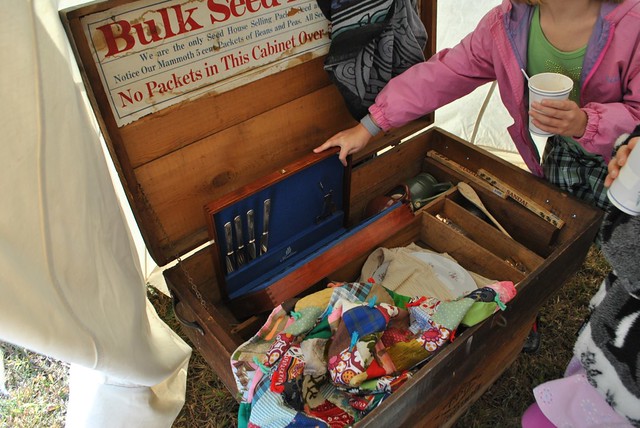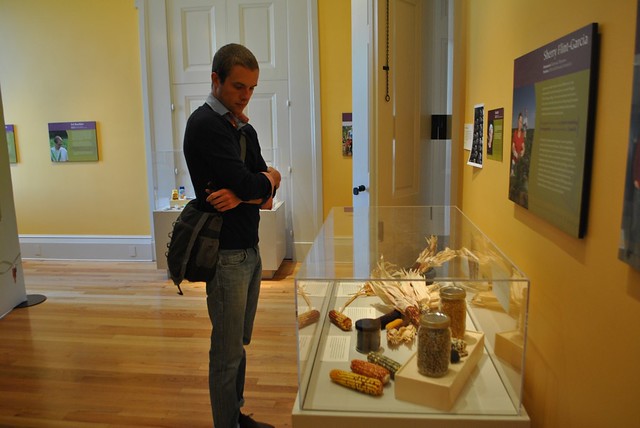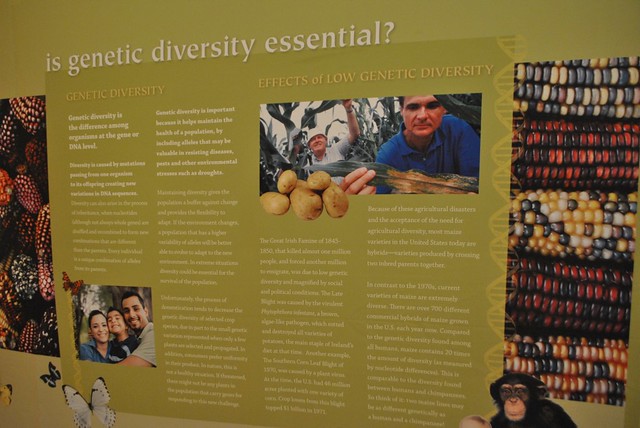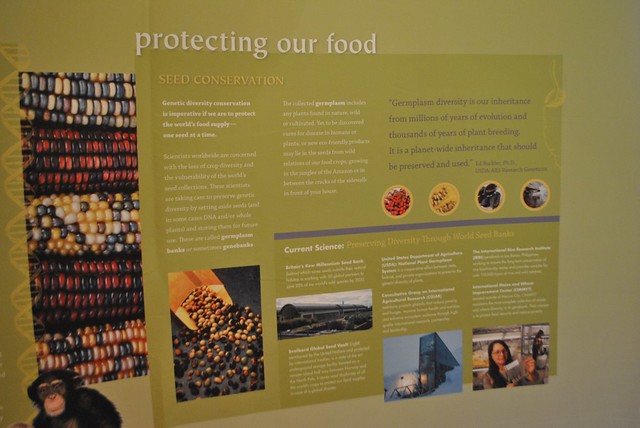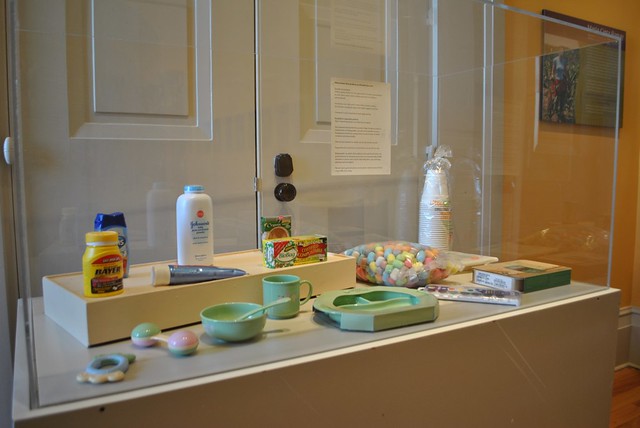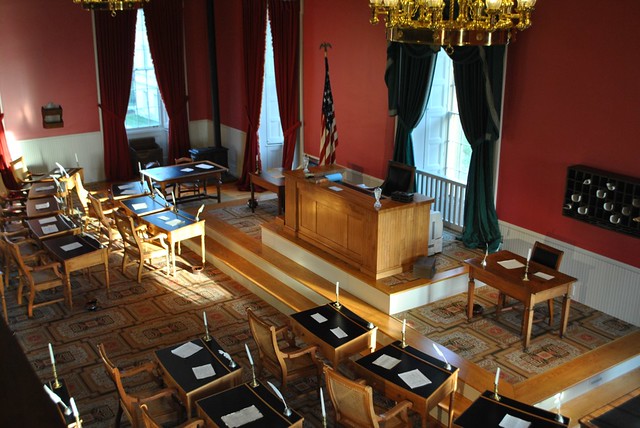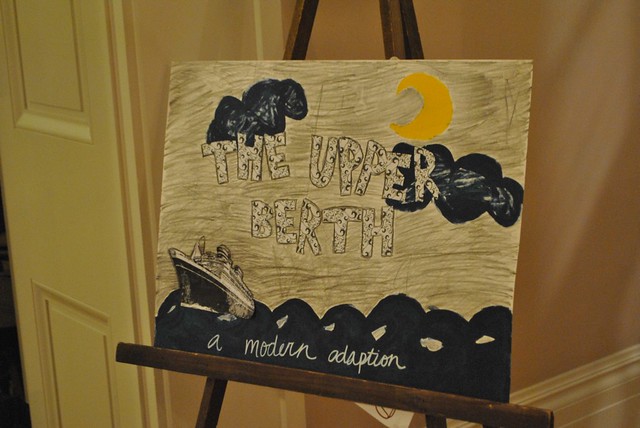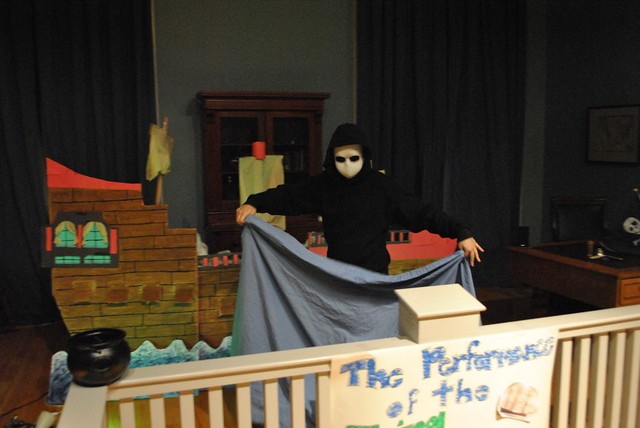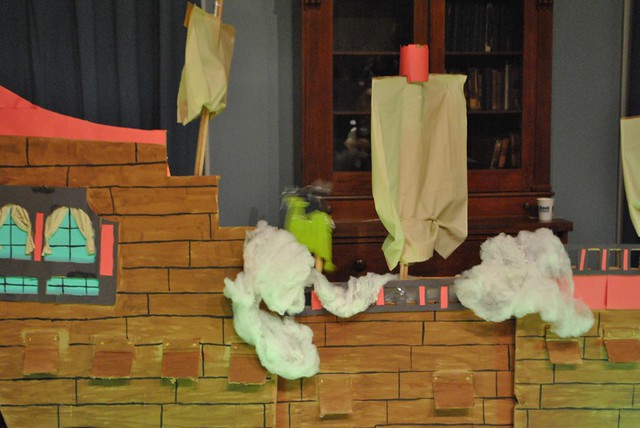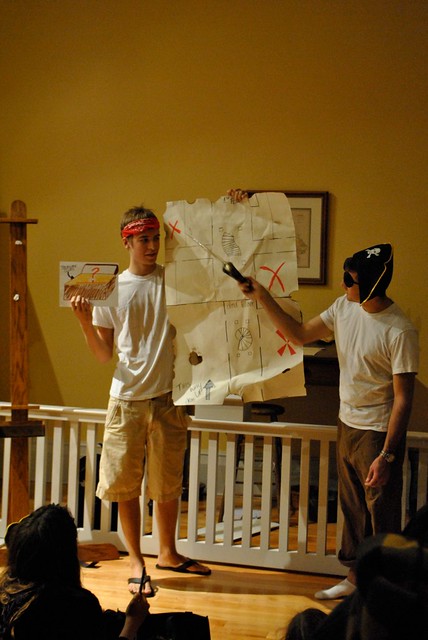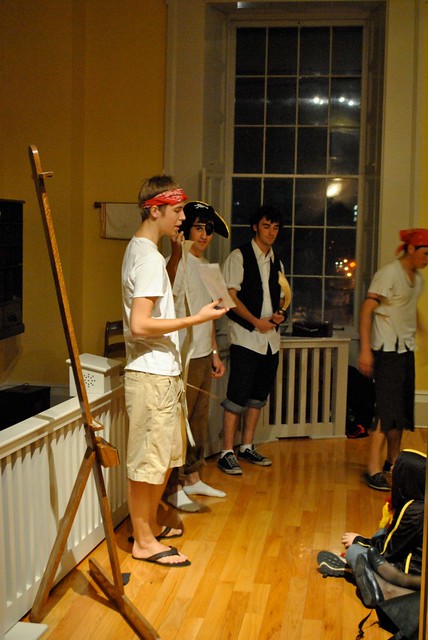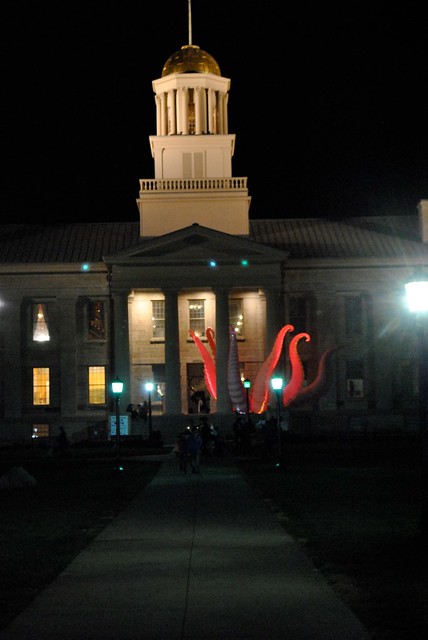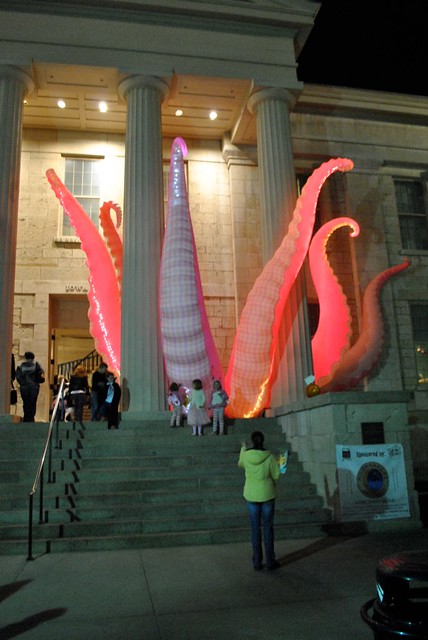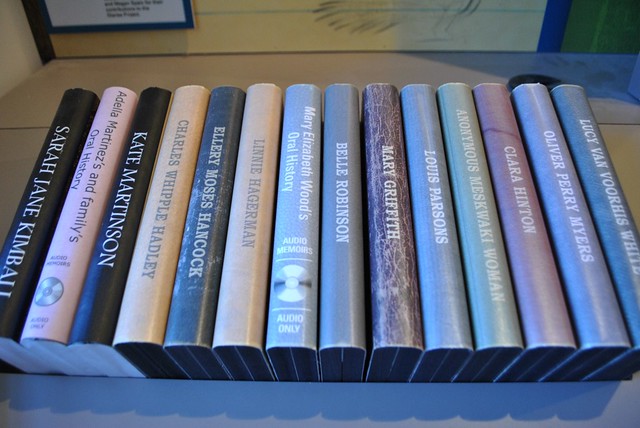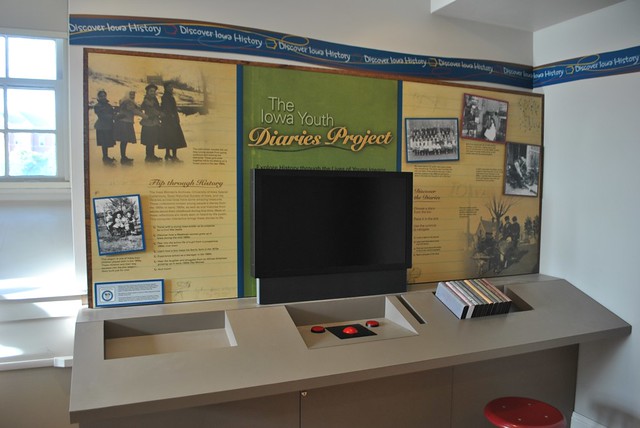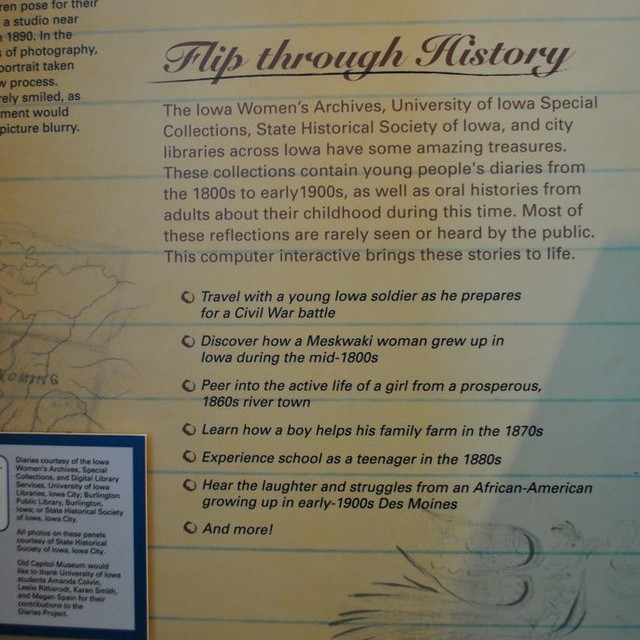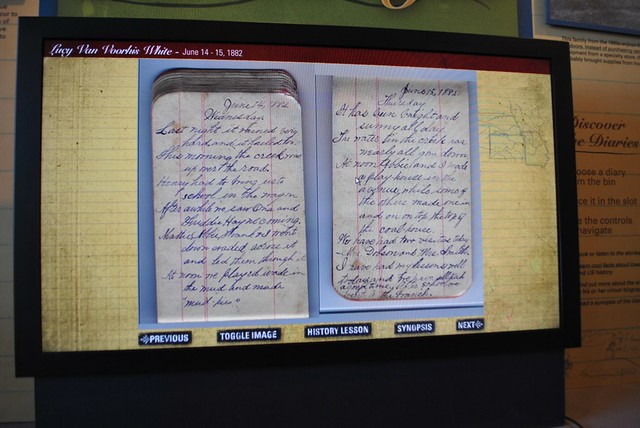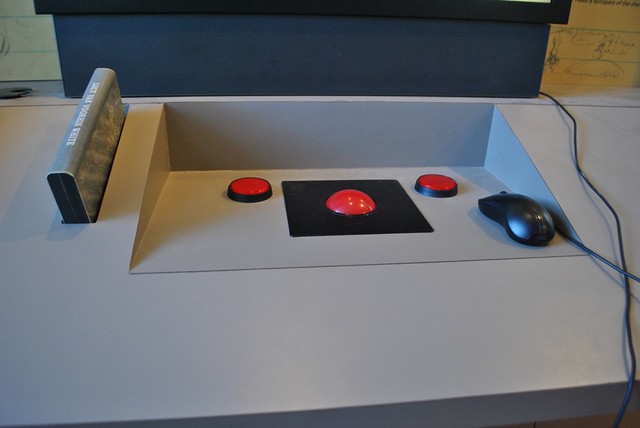A visitor to the museum would have no problem exploring the museum on their own and learn something about the building, its collection and the history of Iowa. But when a visitor to the museum takes a tour, it is amazing how much more you discover about the museum. Taking a tour really brings to life the story of this museum and its place in Iowa’s history. Not only are the docents incredibly knowledgeable about even the smallest items in the museum but they also tailor the tour specifically to the group. The docents have talent for capturing the attention of any age audience.
I had the pleasure of watching one of the docents in action when I tagged along with school tour. The students were fifth graders accompanied by several teachers and a few parents. As a teacher myself, I can assure you that it is not easy getting and keeping the attention of a group of fifth graders. Not only was the docent able to keep the students engaged but they were actually asking questions! For teachers everywhere questions = engagement and a desire to go beyond passive information gathering and have a sense of personal inquiry. This is what I love about museums, and the Old Capitol Museum in particular. Museums provide an outlet for informal learning that develops the audiences’ ability to take ownership of their learning.
If you haven’t had a tour of the Old Capitol Museum, schedule one. Soon! For all of you college students out there who need a time-filler before dinner or lunch with your parents who have come to visit, schedule a tour with your parents! They will be so surprised you thought of it. It’s ok, you can take credit for it!
